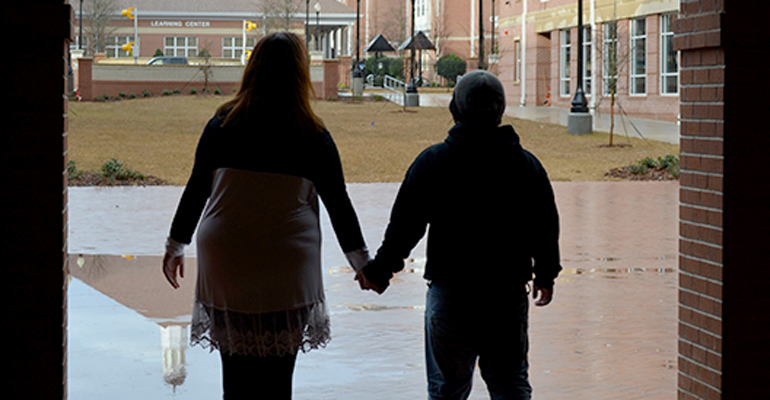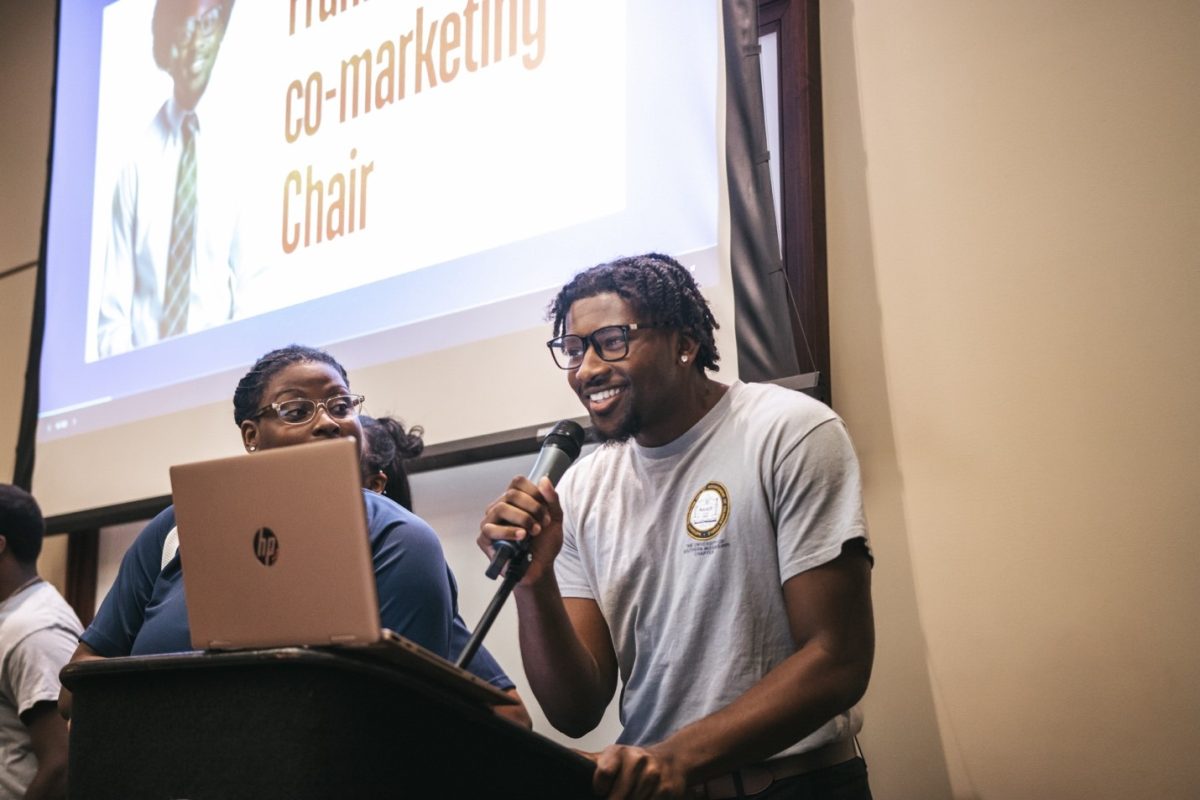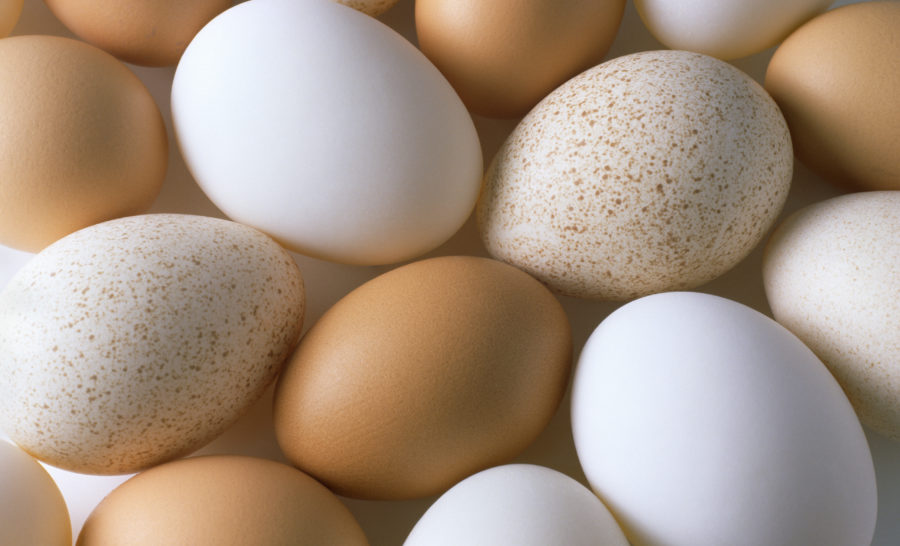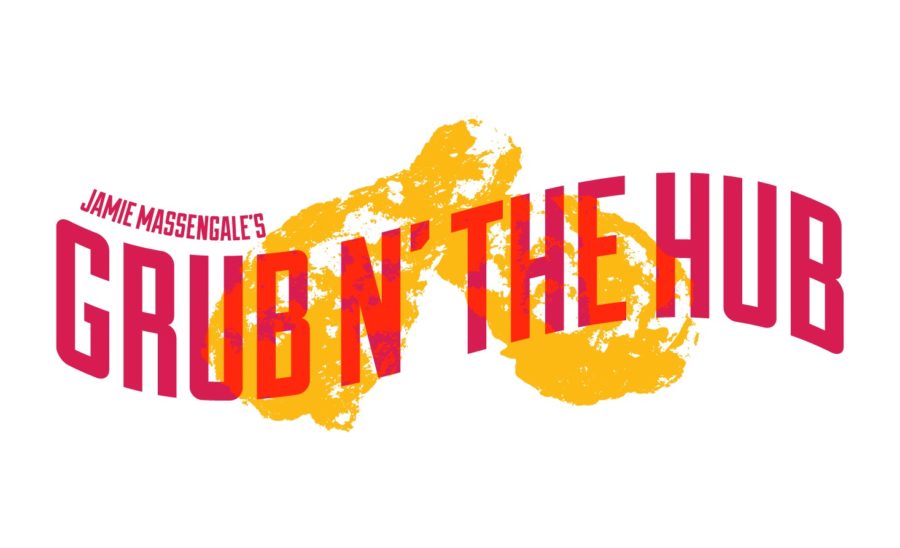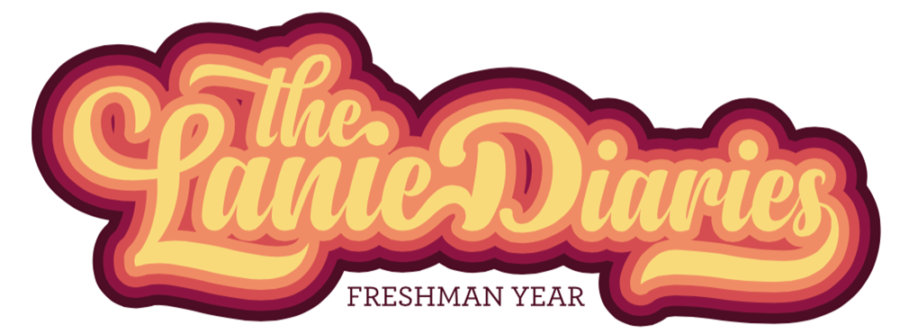Sometimes it is hard to tell whether or not people are dating in college. While some couples blast their relationships all over social media, others simply keep to themselves. -Kelley Joe Brumfield
There comes a point in most modern students’ lives when they make the transition from high school dating to college dating — a strange, different monster altogether.
Maybe the attraction starts when a cute girl starts batting her eyes in chemistry class, or that attractive baseball player asks for a little extra tutoring outside of school hours. Maybe the two meet at a bar or a party, or they have mutual friends. Maybe they play a club sport together or sing in the same choir or meet at a Greek Life event.
There are infinite ways to meet people of the opposite sex. They start texting, then they start hanging out and so on. What happens then?
This confusing, often berated piece of work is modern dating, and it is a far cry from the traditional, gendered dating of the past.
A study conducted by sociologists — Southern Miss professor Julie Reed and her peers in other universities Sinikka Elliott and Gretchen Webber — said the reason the dating styles changed is correlated with the way students currently meet opposed to the way students formerly met.
Reid said in a recent interview that formerly men and women did not mix in social groups as much as they do now. “If you wanted to get to know the opposite sex, you had to (make) a special attempt and say ‘let’s go out,’” she said.
“Nowadays, (men and women) are already ‘hanging out.’”
I kind of wonder if it makes it less necessary to go through this ritual of ‘traditional dating’ just so that (a student) can just talk to someone.”
With this shift into “hanging out” rather than going on dates, this can often blur relationship definitions and make differentiating between “hanging out” and “being in a relationship” quite difficult.
Melvin Tucker, a junior chemistry major, said he defined a relationship by exclusivity.
“For me, it would be (when) you and the person that you’re with agree that it’s just (the two of you), ” he said. “There are plenty of other factors as well, like how connected you feel.”
Anna Hotard, a senior English major, said that she believed there were different classifications of relationships. “You can have romantic stuff, but there can be a romantic casual. You can be exclusive, but it isn’t so intense.”
Many of these relationships begin with a “talking” stage. “Talking” is a very vague term with many connotations and meanings, but is still a crucial point in modern dating.
“Well, there’s pre-talking and talking,” Hotard said. “Talking is when you begin discussing exclusivity. It’s a very loose definition, however.”
Caitlin Nash, a sophomore political science major, said that “pre-talking” is the time when the pair may go on dates, but are simply trying to get to know each other.
“When a couple is pre-talking, they aren’t dating, but they are going on dates. When a couple (ventures into the talking stage), the language tends to go from ‘me and you’ to ‘us,’” she said.
“When you’re talking, I think the attitude you have (toward) the other person is important,” said Vincent Kennedy, a freshman computer science major.“If you’re both on the same page, thinking ‘this could be someone I want to have a stronger relationship with,’ then that’s talking.”
With talking being such a myriad of definitions, it is no wonder that the line venturing into “dating” territory is often so blurred.
Tucker said that he thinks the relationship evolves into dating after more quality time is spent with the significant other. “As more time together and going places happens, that’s when it starts making a transition from talking to dating. When you actively try to seek out things to do together to unify (the two of you), that’s when you’re dating,” he said.
Often, when there is confusion about the status of the relationship between both parties, this brings about a fun conversation known as the “DTR” or “define the relationship” talk.
“That’s the point in the relationship where (someone says), ‘Hey, what are we? Are we (together), or are we just friends?’” Hotard said. “It can often get complex and it can sometimes be a painful thing.”
“If you’re thinking about a relationship, then it should be something you’re comfortable doing,” Kennedy said.
With the journey to relationships being so confusing, it is not surprising that many students forgo the traditional relationship and choose to participate in “hookup culture.”
The term hookup, according to a 2007 study by Paula England, Emily Shafer and Alison Fogarty, is ambiguous in definition, but is mostly used to refer to “a situation where two people are hanging out or run into each other at an event (often a party), and they end up doing something sexual.”
A hookup has no intent of becoming a relationship, but may develop into one after several hookups with the same person.
While hookups are common (in England, Shafer and Fogarty’s survey of 4,000 college students, by their senior year 76 percent of participants had participated in a hookup), Reid argues that the hookup culture may be less prevalent than most would think.
“(People are) lamenting about how ‘no one dates anymore’ and everyone is hooking up, but there is this thing called ‘pluralistic ignorance,’” said Reid.
“It’s this idea that everyone thinks the same thing but they don’t know it isn’t correct. When they start (guessing at) these figures as to how popular (hooking up) is, it’s completely out of line (with research findings).”
From hookups to talking to relationships, modern students face a murky pool of possibilities before they perhaps find true love.
While this article focused mostly on heterosexual dating habits, there is a wide new world of gender and sexualities that may or may not have similar relationship styles, making the journey even more fun and confusing.

























